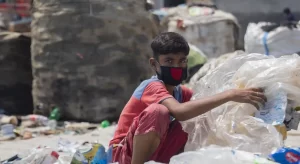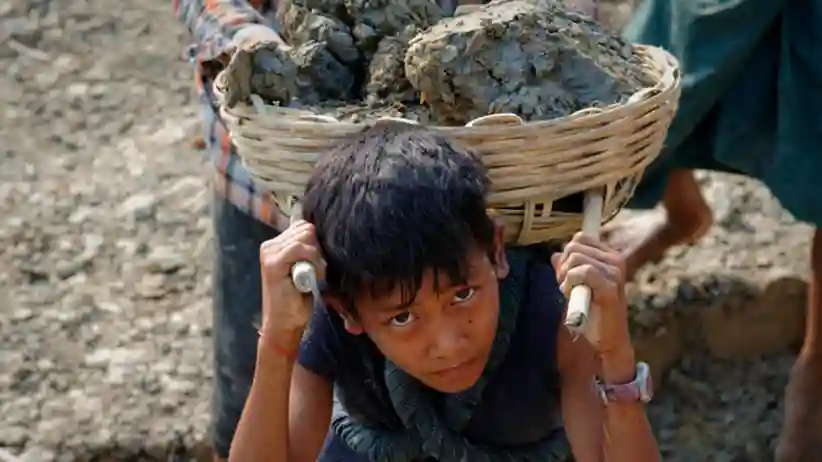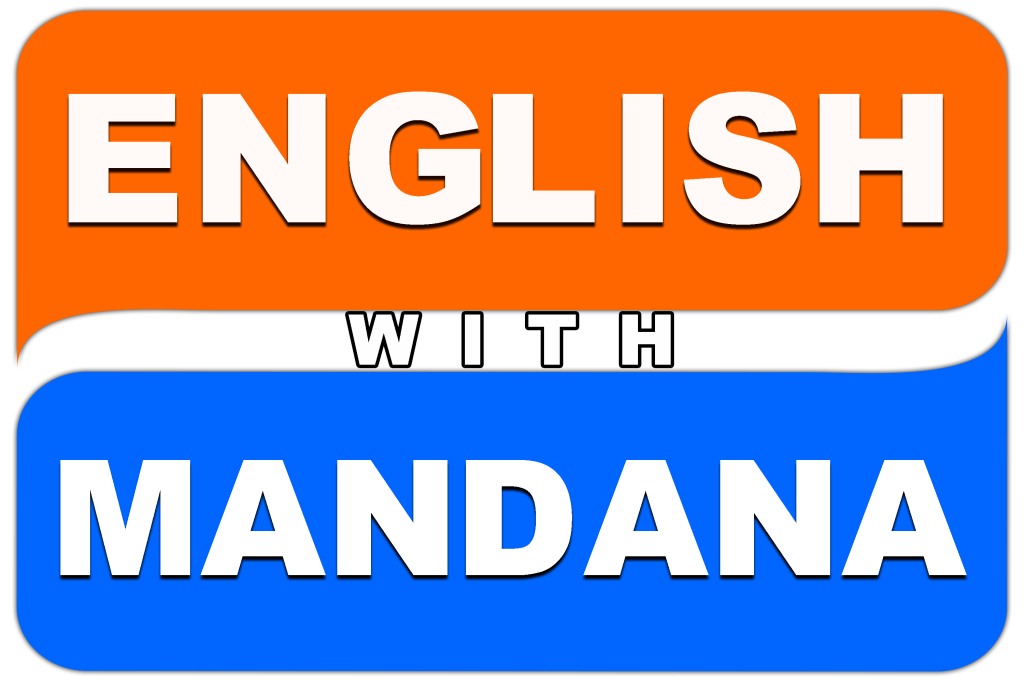لغات مربوط به child labour

برای دانلود پی دی اف و فایل آموزشی مقاله روی لینک زیر کلیک کنید:
- child labor – کار کودکان
- exploitation – بهرهکشی
- poverty – فقر
- education – آموزش
- health – سلامت
- child rights – حقوق کودکان
- minimum age – حداقل سن
- hazardous work – کار خطرناک
- forced labor – کار اجباری
- trafficking – قاچاق
- child welfare – رفاه کودک
- socioeconomic status – وضعیت اجتماعی-اقتصادی
- compulsory schooling – تحصیل اجباری
- international standards – استانداردهای بینالمللی
- informal sector – بخش غیررسمی
- decent work – کار شایسته
- rehabilitation – بازتوانی
- parental responsibility – مسئولیت والدین
- youth empowerment – توانمندسازی جوانان
- gender equality – برابری جنسیتی
- household income – درآمد خانوار
- agricultural sector – بخش کشاورزی
- family business – کسب و کار خانوادگی
- vocational training – آموزش فنی و حرفهای
- child protection – حفاظت از کودکان
- social safety nets – شبکههای امنیت اجتماعی
- economic development – توسعه اقتصادی
- social inclusion – مشارکت اجتماعی
- child labor statistics – آمار کار کودکان
- corporate social responsibility – مسئولیت اجتماعی شرکتها
- supply chain – زنجیره تأمین
- ethical consumerism – مصرفگرایی اخلاقی
- grassroots organizations – سازمانهای مردمنهاد
- monitoring and evaluation – پایش و ارزشیابی
- policy advocacy – حمایت از سیاستها
- sustainable development – توسعه پایدار
- child labor conventions – کنوانسیونهای کار کودکان
- human rights – حقوق بشر
- global supply chains – زنجیرههای تأمین جهانی
- corporate codes of conduct – مقررات رفتاری شرکتها
- public-private partnerships – مشارکتهای دولتی-خصوصی
- social dialogue – گفتگوی اجتماعی
- occupational safety – ایمنی شغلی
- rural development – توسعه روستایی
- climate change – تغییرات آب و هوایی
- child-focused interventions – مداخلات متمرکز بر کودکان
- community mobilization – بسیج جامعه
- data collection and analysis – جمعآوری و تحلیل دادهها
- child labor monitoring – پایش کار کودکان
- multi-stakeholder initiatives – ابتکارات چندذینفعی
Child labor
Child labor remains a pressing issue worldwide, affecting millions of children who are forced into work rather than receiving the education they deserve. Child labor often stems from poverty, leading families to rely on their children’s income for survival.
This exploitation of young individuals not only violates their rights but also hampers their health and development. Many children engage in hazardous work, which poses serious risks to their physical and mental well-being.
The minimum age for employment is often overlooked, and in some cases, children are subjected to forced labor and trafficking. It is crucial to advocate for child welfare and to ensure that compulsory schooling is enforced, allowing children to gain the education necessary for a better future.
Efforts to combat child labor must also focus on improving the socioeconomic status of families. Providing vocational training and youth empowerment programs can help parents secure better jobs, reducing the need for their children to contribute to the family income. Additionally, social safety nets and community mobilization are essential for protecting children and promoting their rights. International standards and child labor conventions set the framework for protecting children from exploitation.
Monitoring and evaluation of these standards are vital to ensure compliance and to hold corporations accountable for their supply chains. Corporate social responsibility must be prioritized, encouraging businesses to adopt ethical practices that prevent child labor. In conclusion, addressing child labor requires a multi-faceted approach that includes policy advocacy, fostering social inclusion, and ensuring that children are not deprived of their right to a safe and nurturing environment.
Only through collective action can we hope to eliminate child labor and promote a brighter future for all children.


